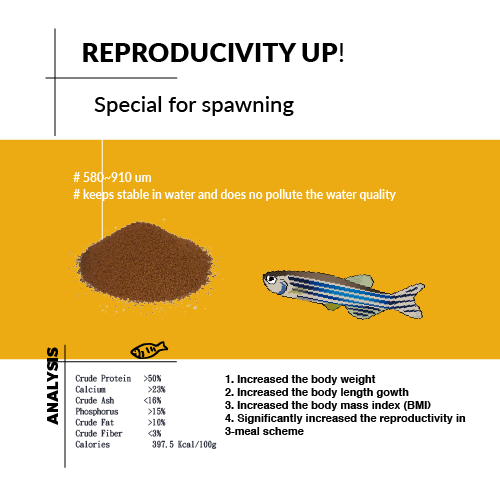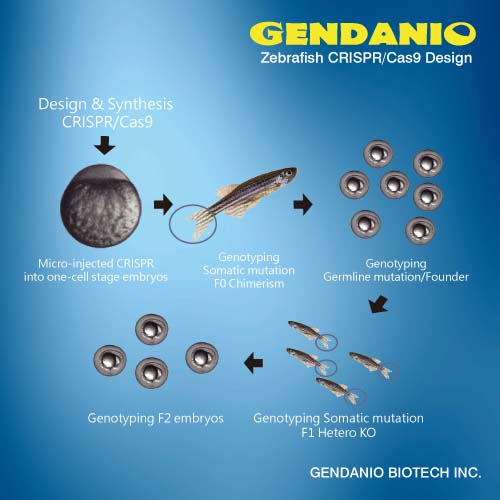It's clear where the black-and-white striped zebrafish got its name, but less obvious at first glance is what zebrafish has to do with biomedical research. Amazingly, it has biological similarities to humans, which are making this small freshwater fish an increasingly popular model organism for studying vertebrate development, genetics, physiology, and mechanisms of disease.
The variety of presentations at the 2012 International Zebrafish Development and Genetics Conference, held June 20-24 in Madison, Wisconsin, showcase the breadth of research possible with the zebrafish. Many of these studies are aided by its rapid development, genetic malleability, and optical transparency at early stages that enables imaging of labeled cells within a whole, living embryo.
A small sampling of studies drawing on these strengths is highlighted here.
Watching the Birth and Spread of a Cancer
One of a tumor's most dangerous qualities is its ability to metastasize, or spread beyond its original site. The biological mechanisms driving metastasis are an active target of research, often focused on the role of cancer stem cells, which retain a relatively undeveloped state and the ability to multiply.
A research group at Massachusetts General Hospital headed by David Langenau, Ph.D., is advancing this understanding - with a surprising twist - using a zebrafish model of embryonal rhabdomyosarcoma (ERMS), a rare human pediatric cancer of muscle.
The group, led by postdoctoral researcher Myron Ignatius, Ph.D., engineered the fish to contain fluorescent reporter molecules in their tumor cells. The cells fluoresce green when in the stem cell state, turn red as they begin to differentiate, and finally shine blue once they reach their final differentiated identity within the tumor.
As the fish begin to develop tumors - starting at just 10 days old - the researchers can take advantage of the transparency of the young zebrafish to image the cancer process as it unfolds within a whole, living embryo.
"We can visualize the birth of a cancer," Dr.Ignatius says. "How a tumor forms, how tumor cells migrate, and the functional consequences of differentiation within individual cancer cells."
What they saw surprised them. Instead of the expected green stem cells leaving the existing tumor and establishing a new tumor, they saw highly migratory red mid-differentiated cells enter the blood vessels and move to a new site in the body. Over several days, it appeared that the green stem cells then slowly migrated toward the red ones to multiply and form a new tumor. Terminally differentiated blue tumor cells were largely stationary and did not contribute to local metastasis.
"Our data support a model where the first cell type to migrate into new areas of tumor growth is not a cancer stem cell, but is paradoxically a mid-differentiated ERMS cell, which has no intrinsic ability to proliferate and remake a tumor. Only after this cell primes the newly colonized area do slow-moving stem cells become recruited and drive continued tumor growth," says Dr. Langenau.
Their results suggest that efforts to control metastatic potential may need to target multiple cell populations within a tumor. Dr. Ignatius suggests, "New therapies should target both the cancer stem cell pool as well as highly migratory cell types that facilitate tumor spread. We believe our zebrafish model of disease will be useful in identifying novel drug targets for both of these processes."
Genetic Factors in Nicotine Dependence and Treatment Success
Nicotine dependence is one of the largest causes of preventable death and is associated with very high health care costs. The few approved treatment options currently available for people looking to kick their habit, primarily varenicline and buproprion, the generic names of two brand-name prescription drugs to stop smoking, have shown moderate success but do not work for all patients.
Professor Stephen Ekker's research group at the Mayo Clinic in Rochester, Minnesota, works closely with the Nicotine Dependence Center.
"We're working together to try to create better treatment options for patients suffering from tobacco dependence," says graduate student Margot Cousin. "There are some patients who receive these treatments and do well, but for other people they have almost no effect. There is a huge amount of variability in that treatment response. We're using the zebrafish model to look for novel candidate genes that might be involved in this process."
Dr. Ekker's lab has created hundreds of zebrafish lines with genetic mutations randomly scattered throughout the genome. Cousin uses a simple behavioral test to look at how the different mutant lines respond to nicotine exposure and drug treatment. Normal fish increase their swimming activity when treated with nicotine, she explains, but pre-treatment with varenicline usually blocks the nicotine response.
Source: news-medical
























